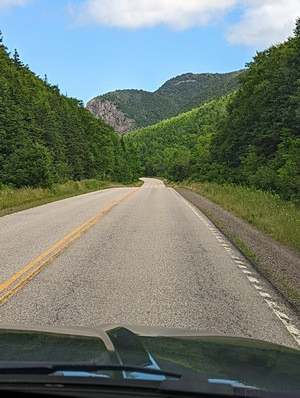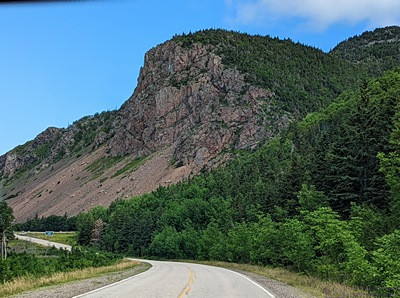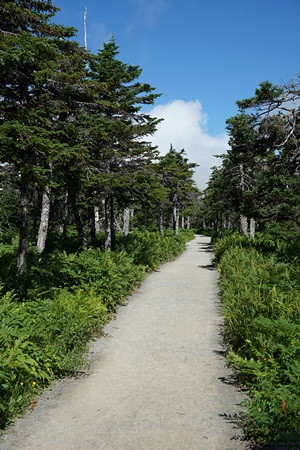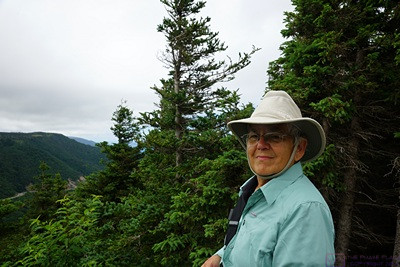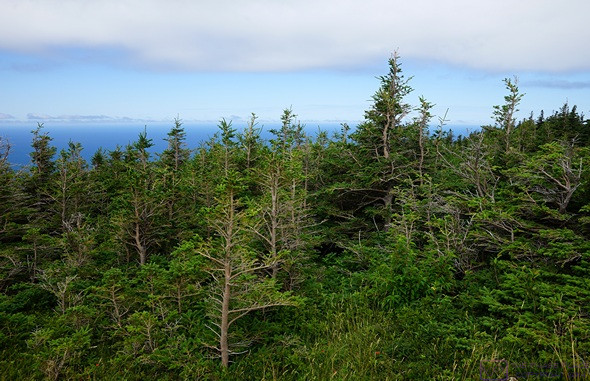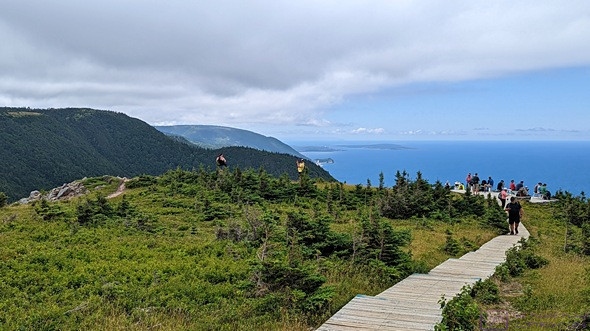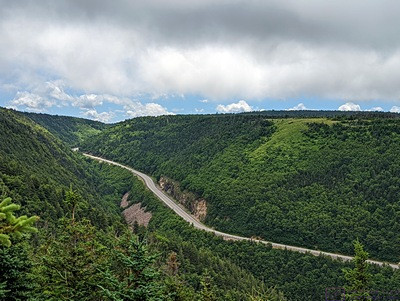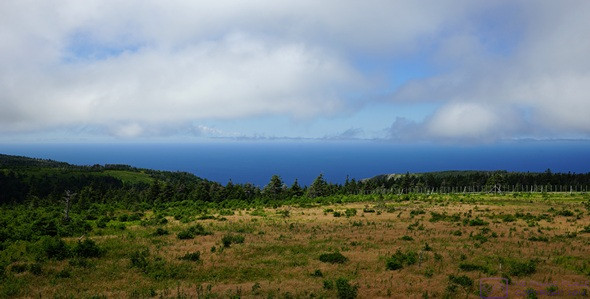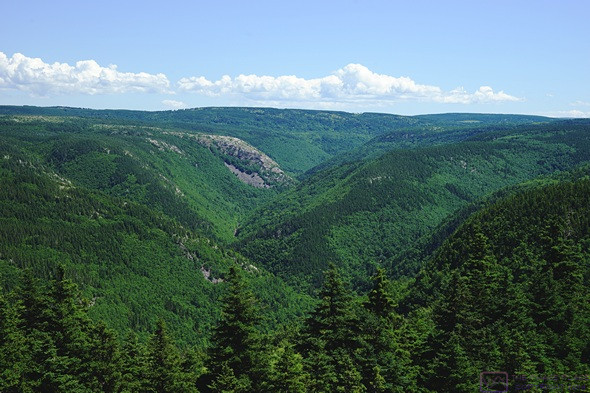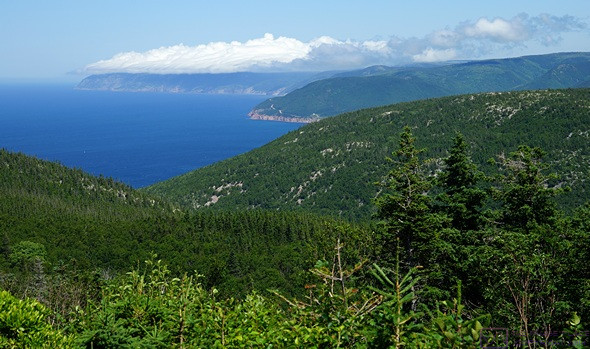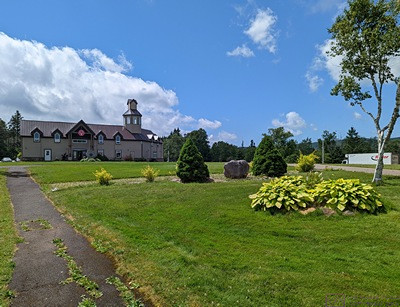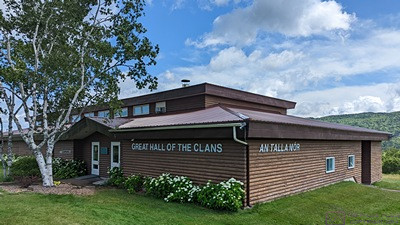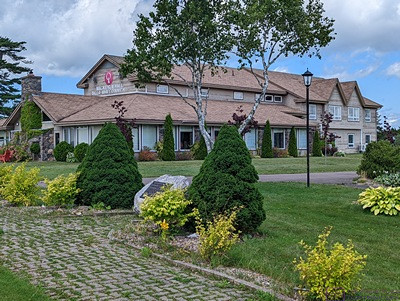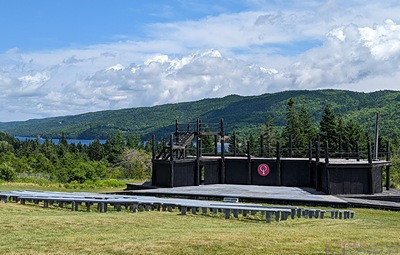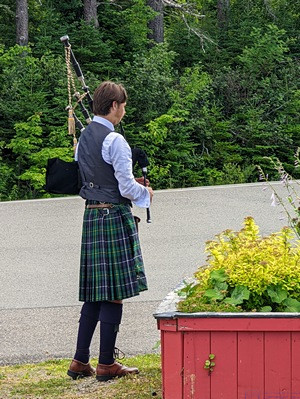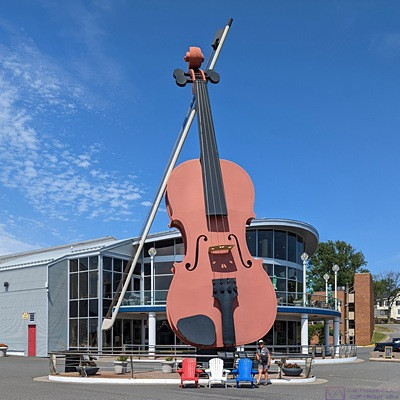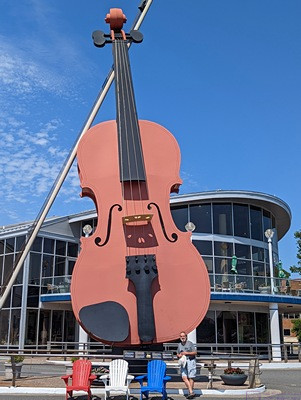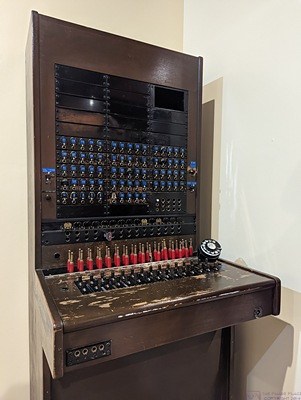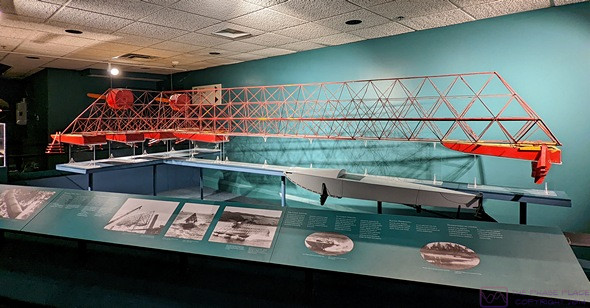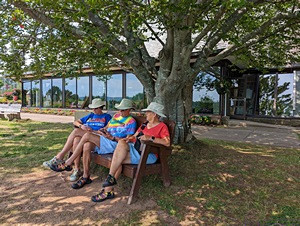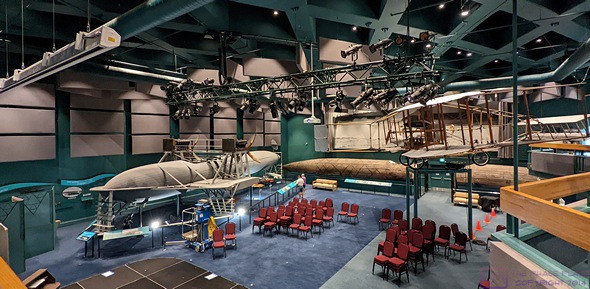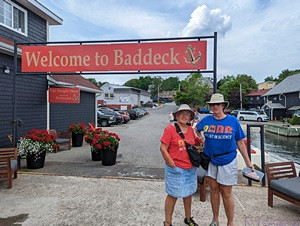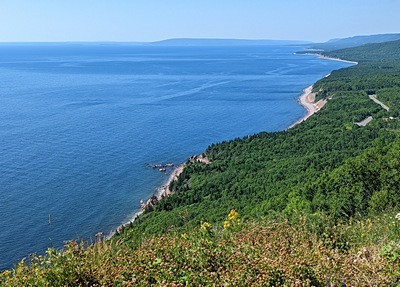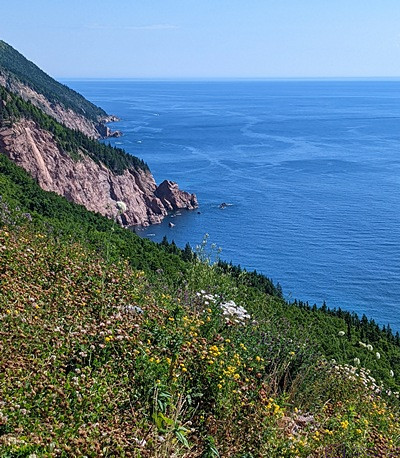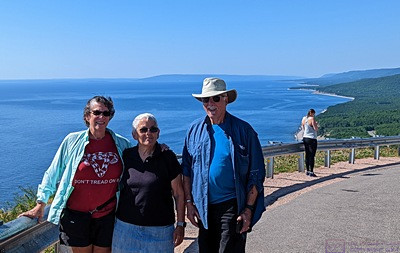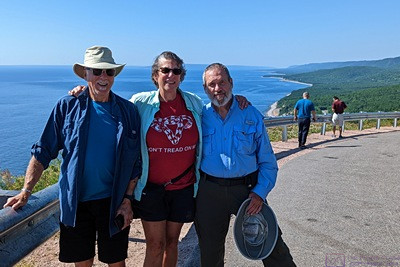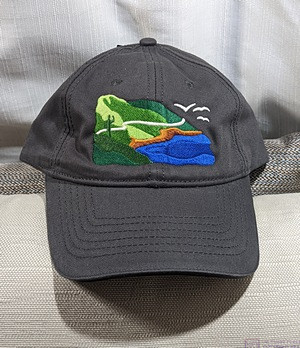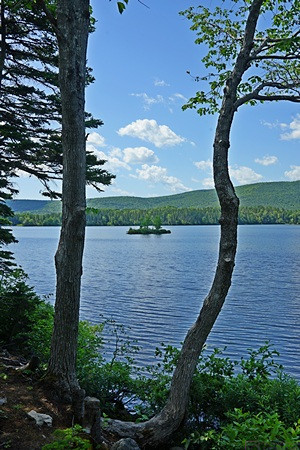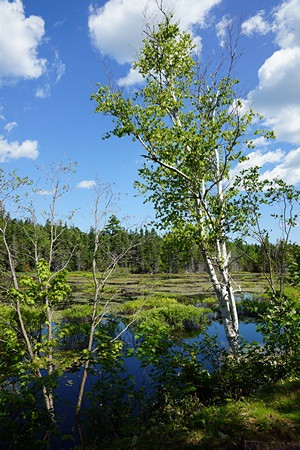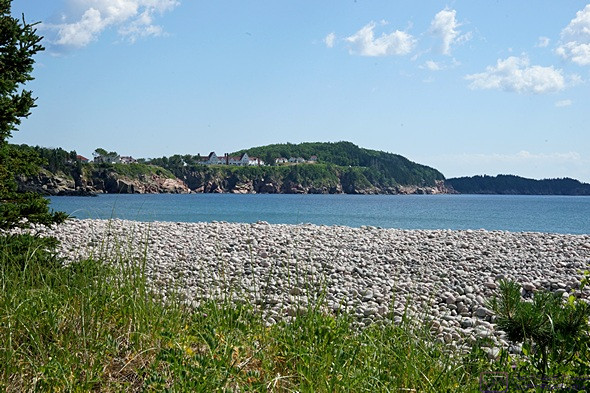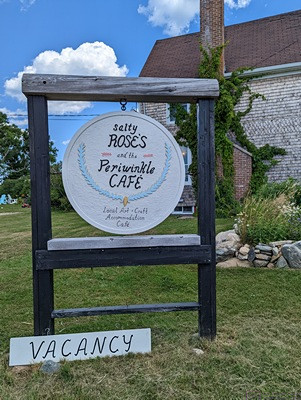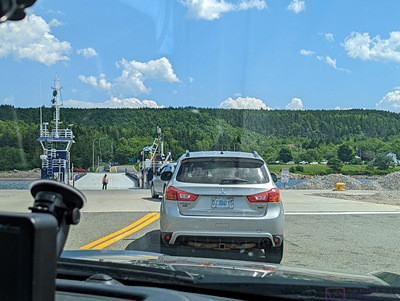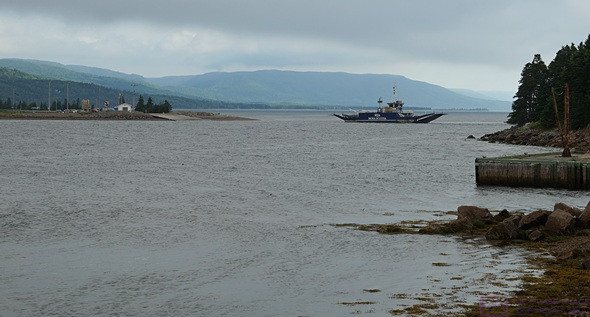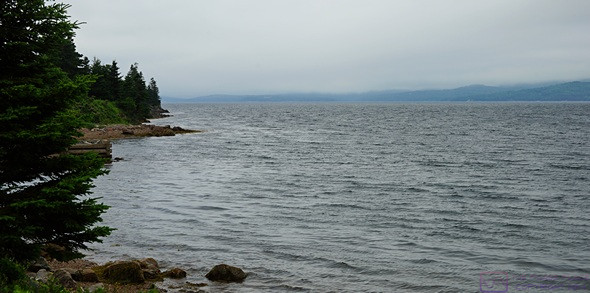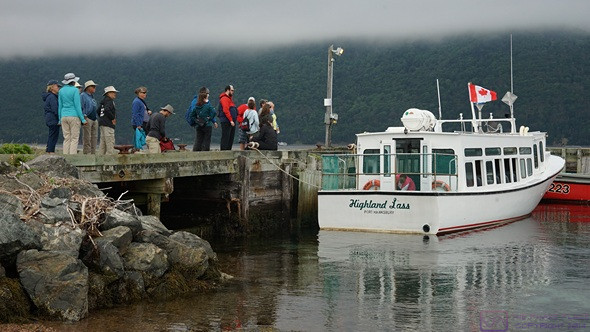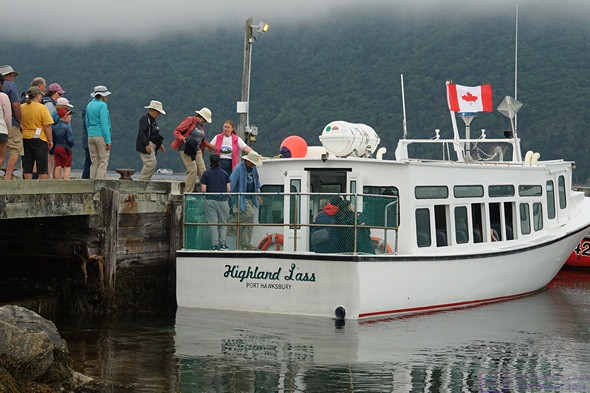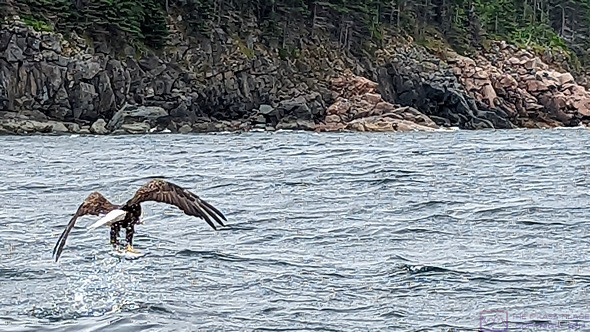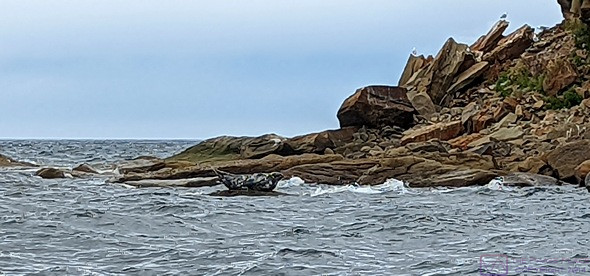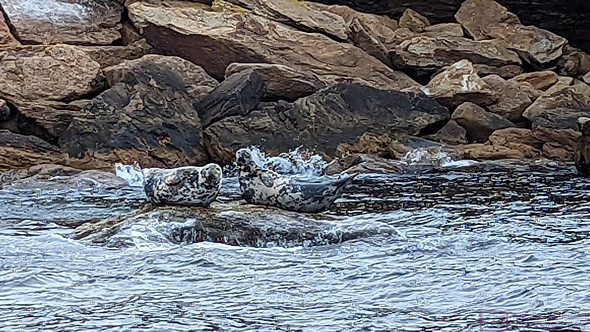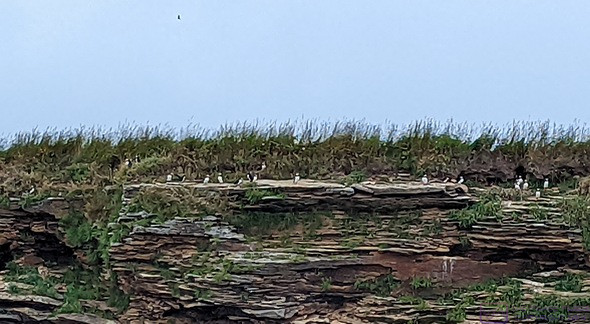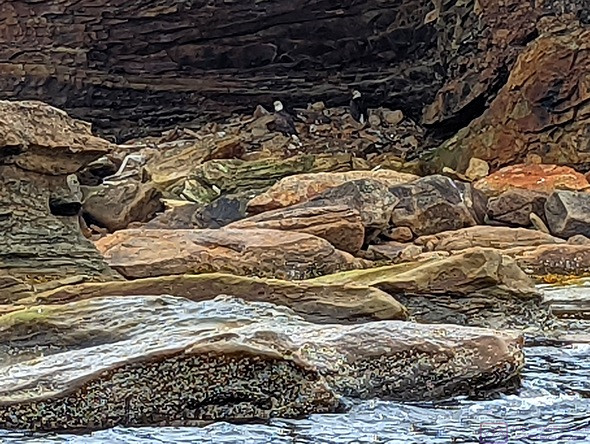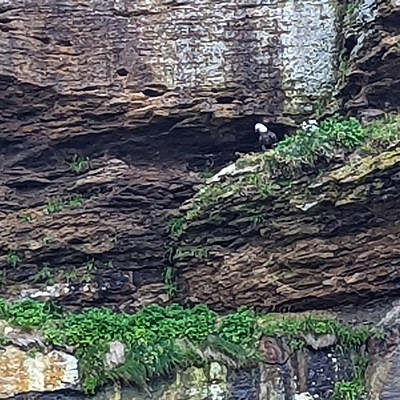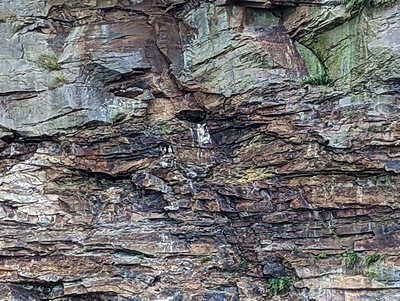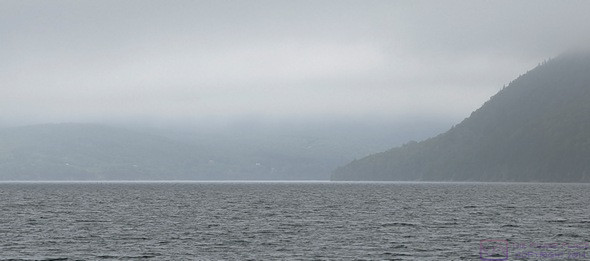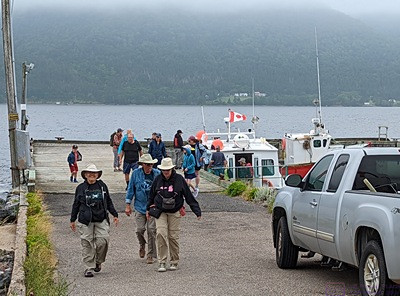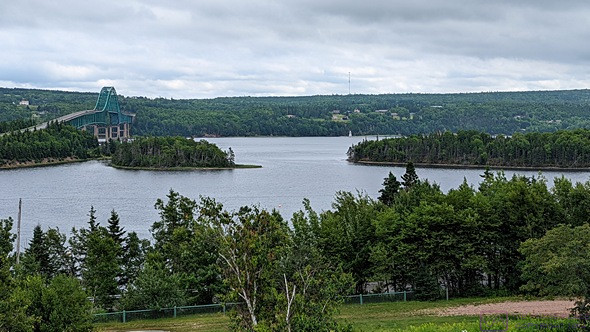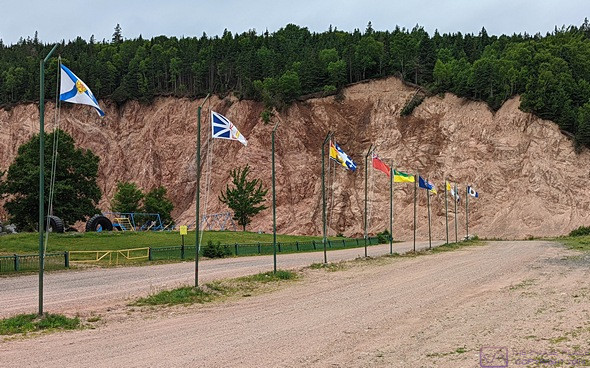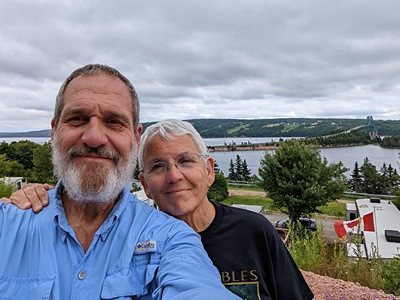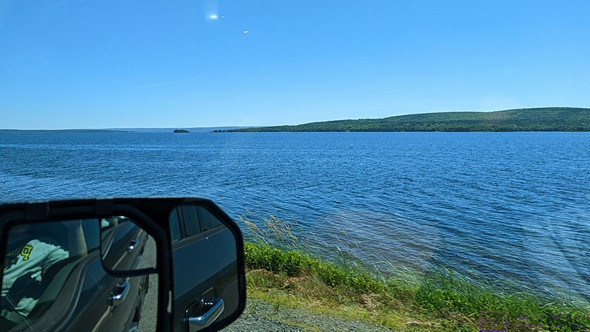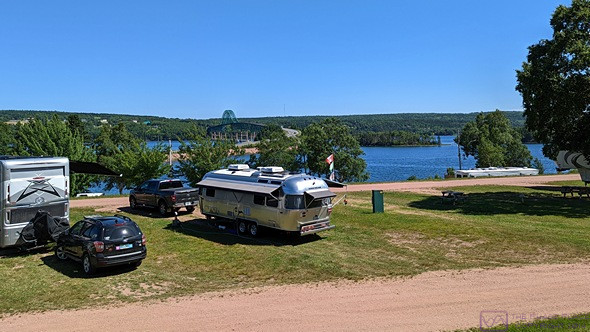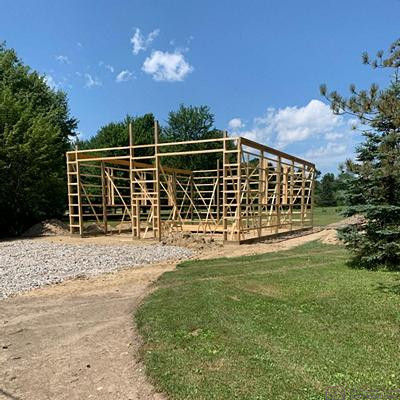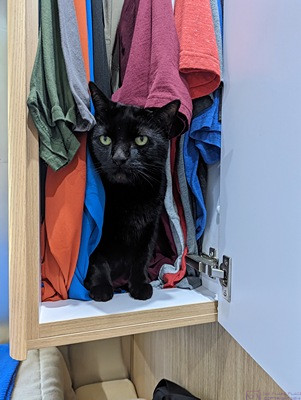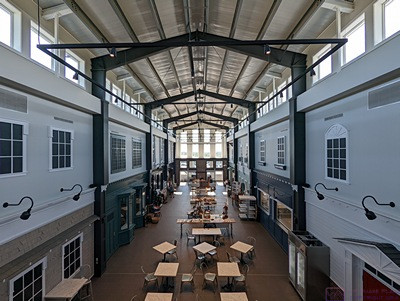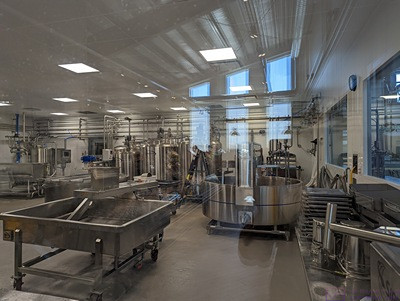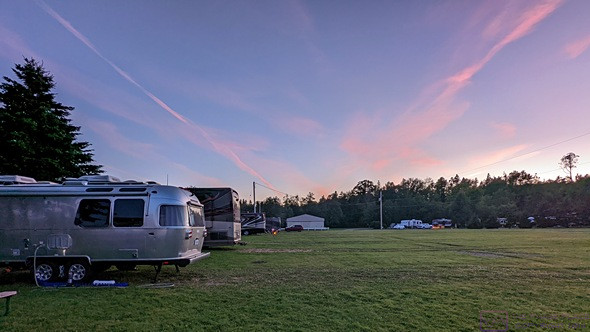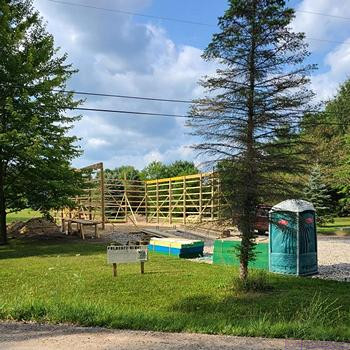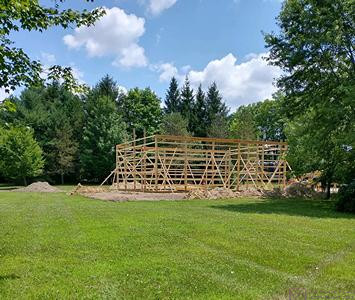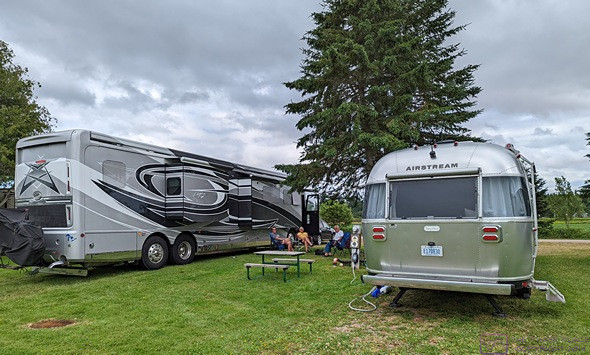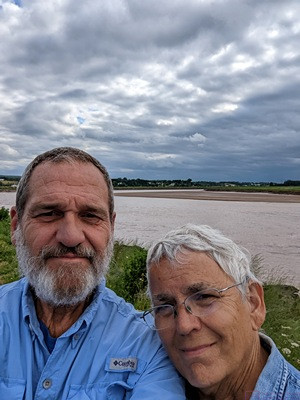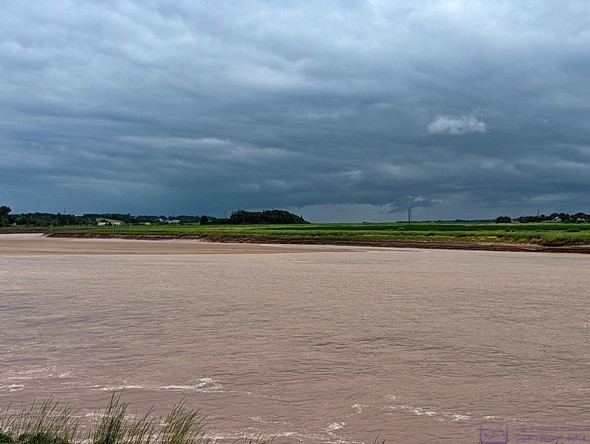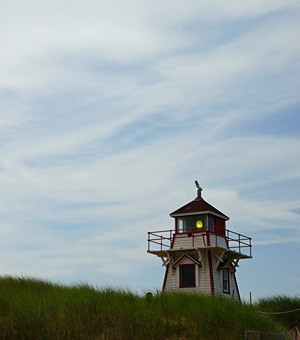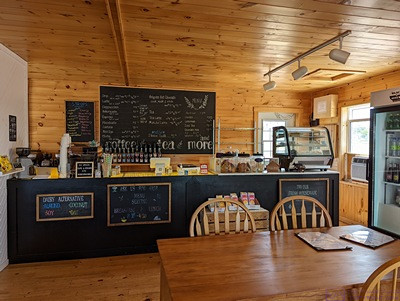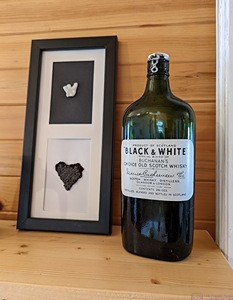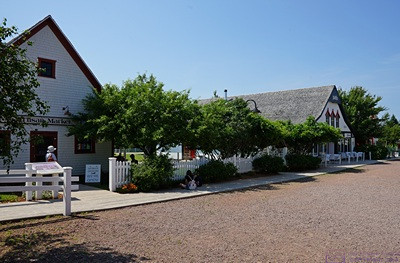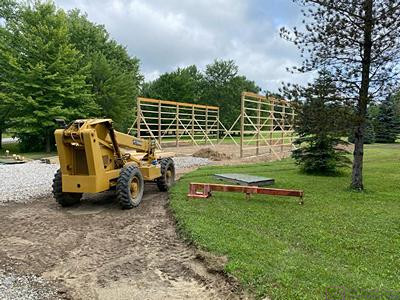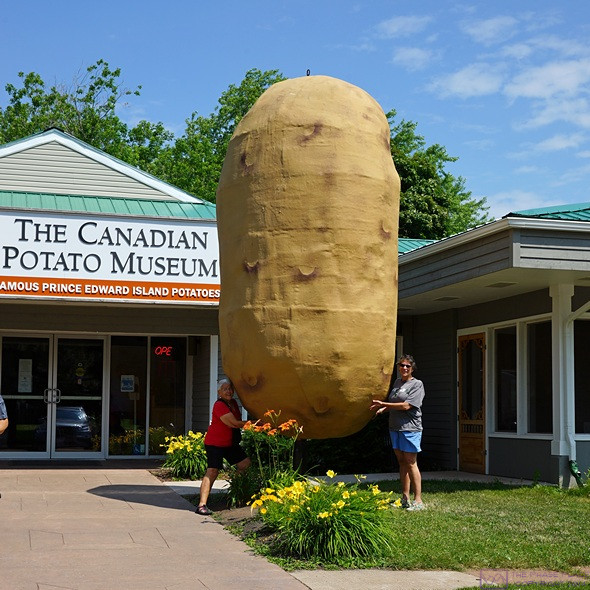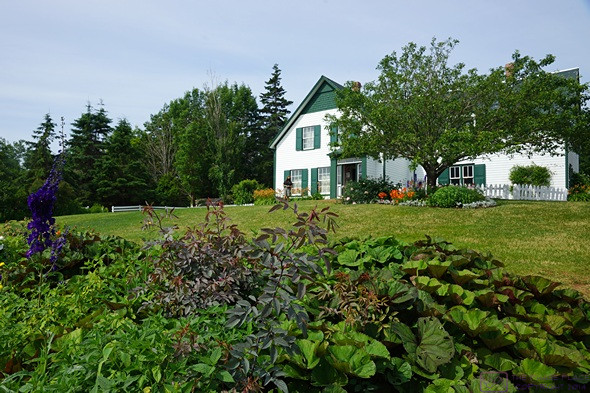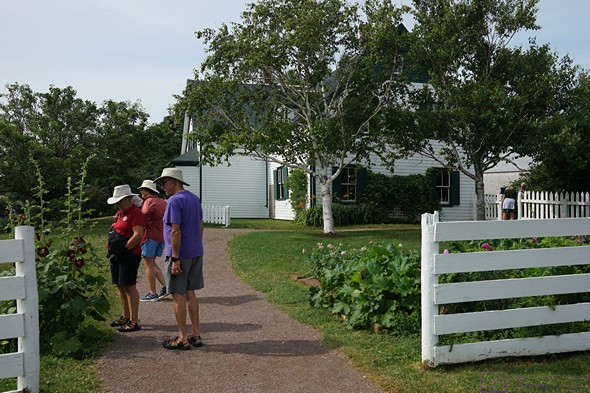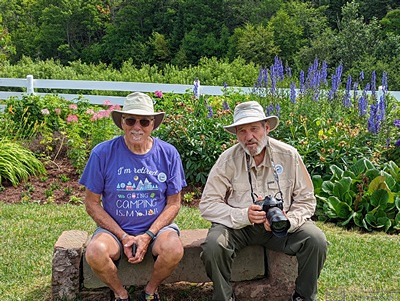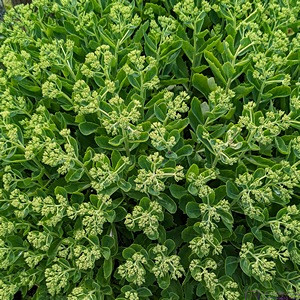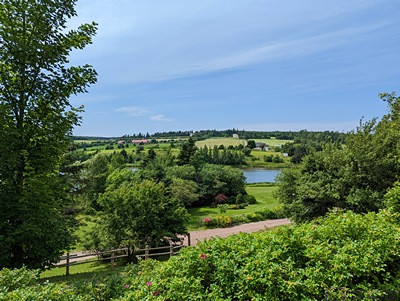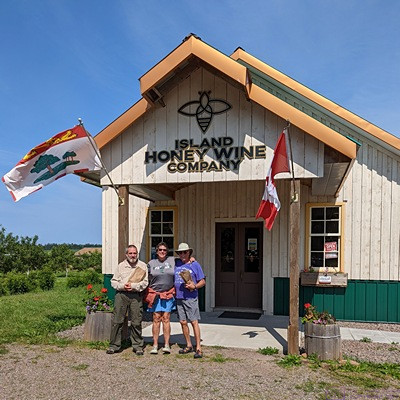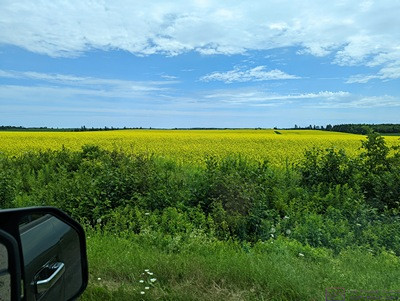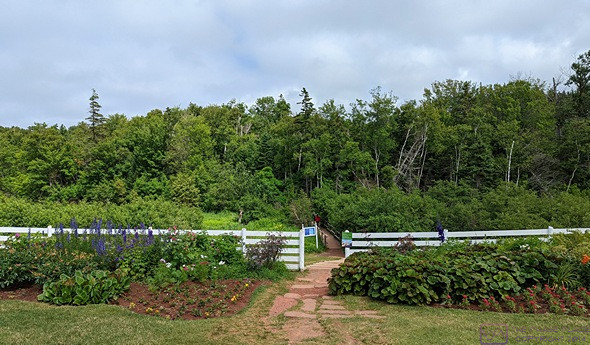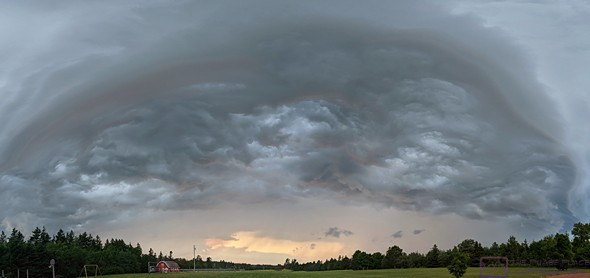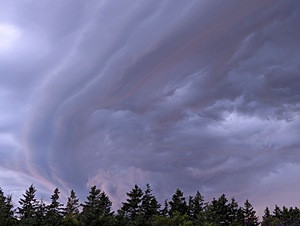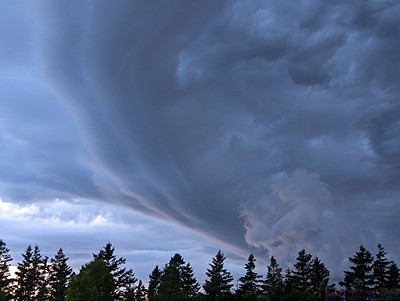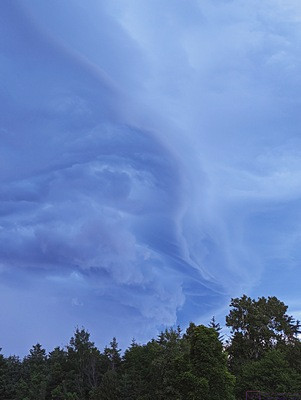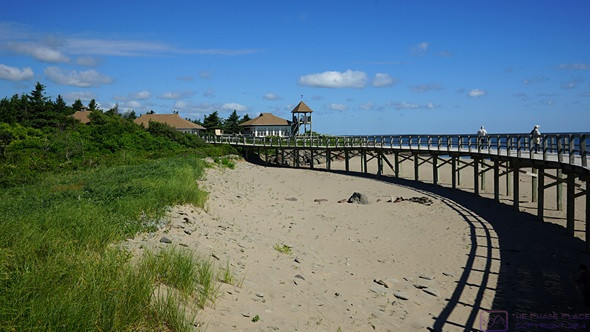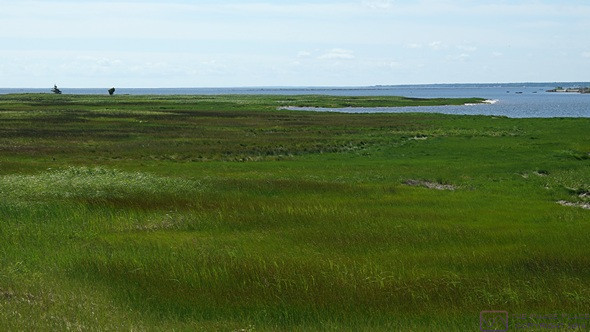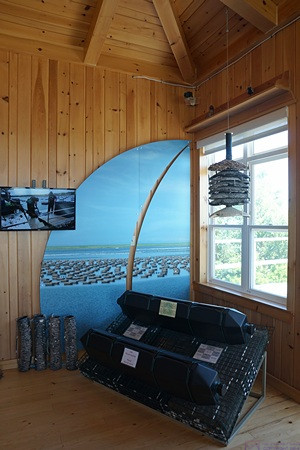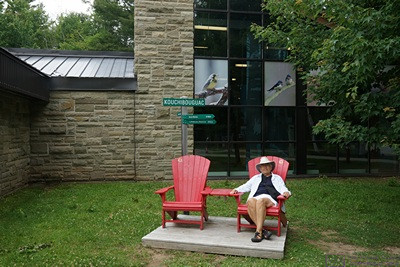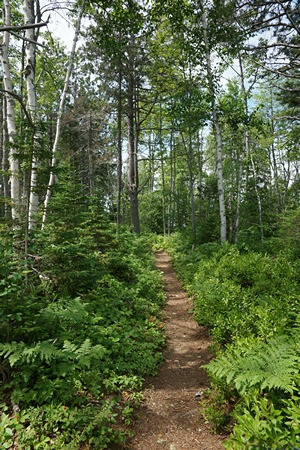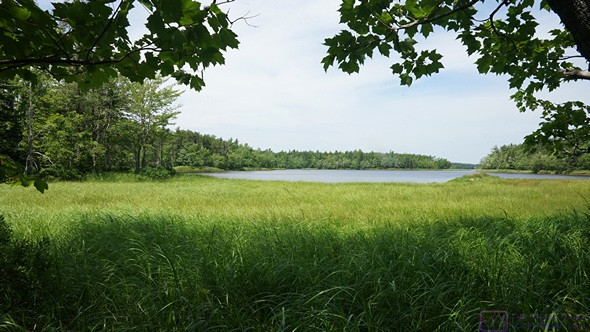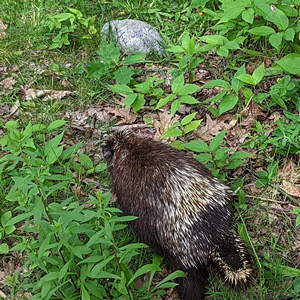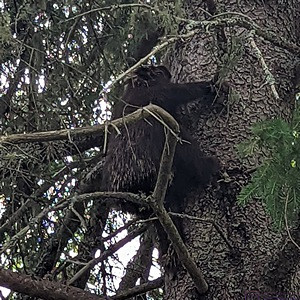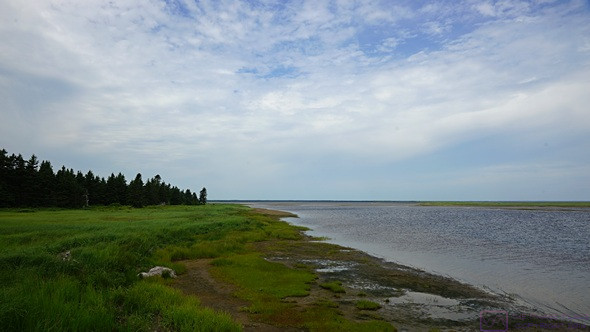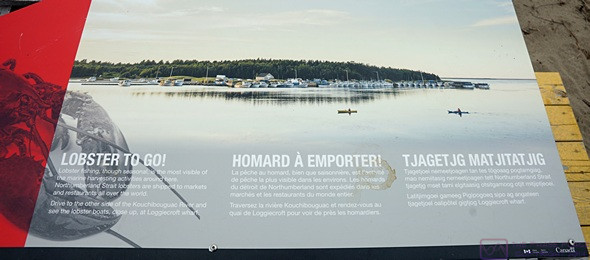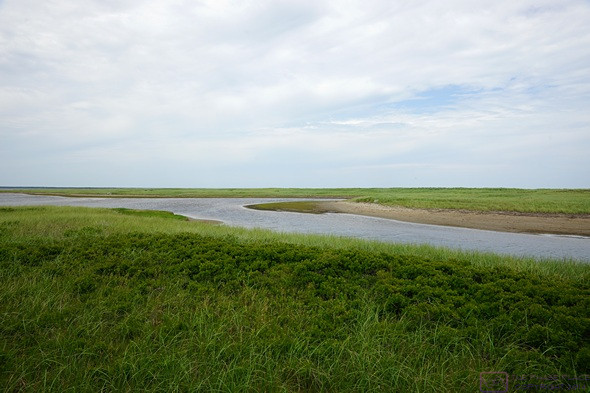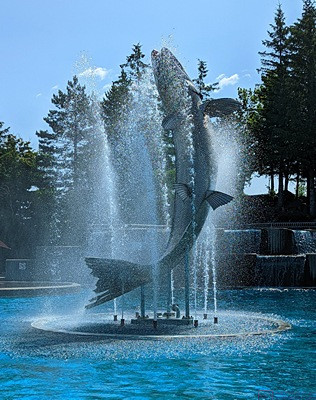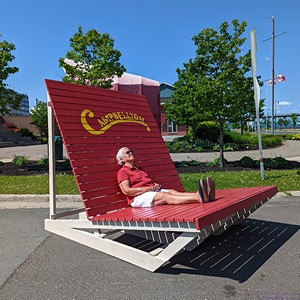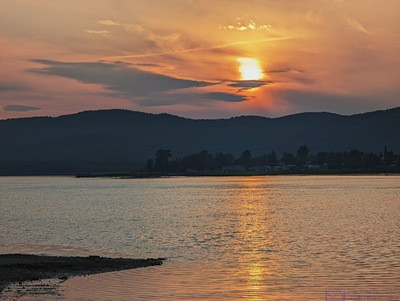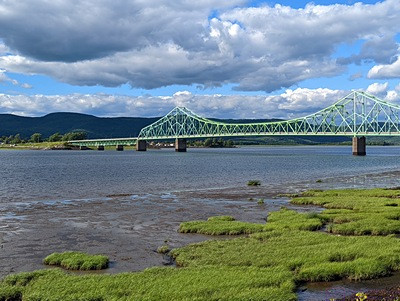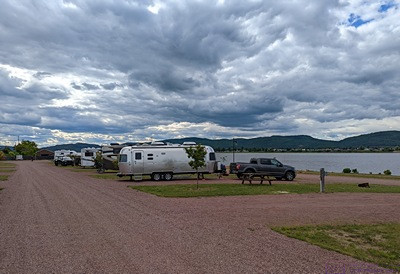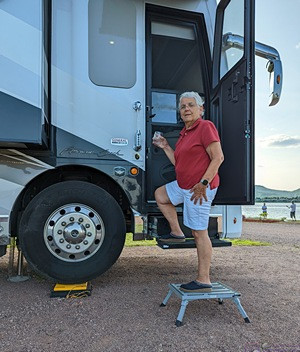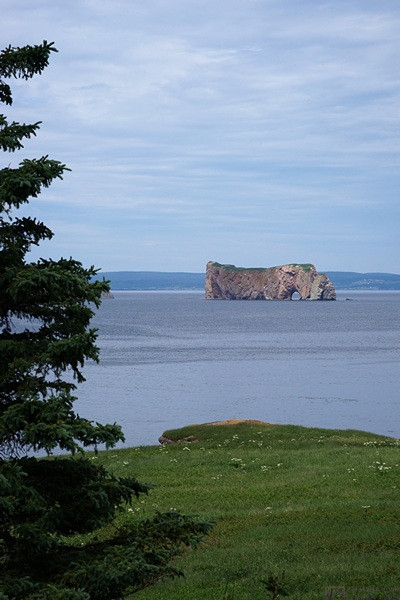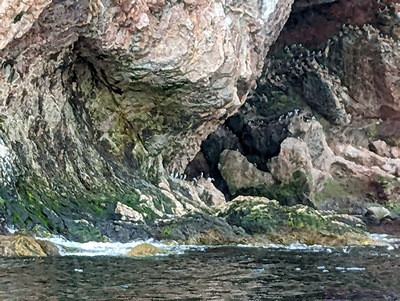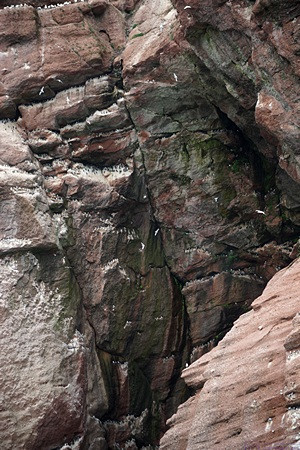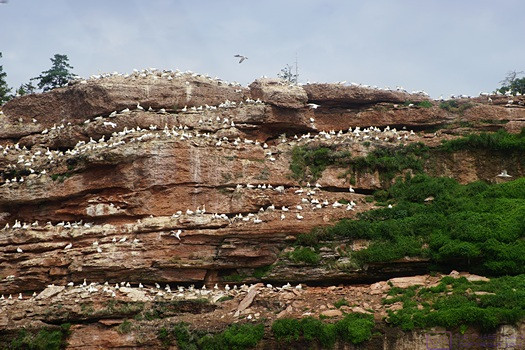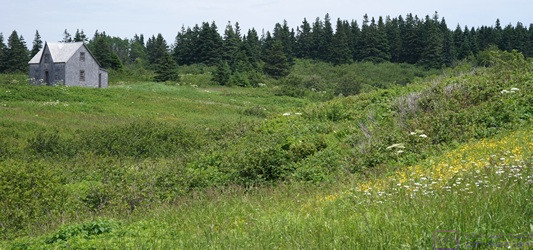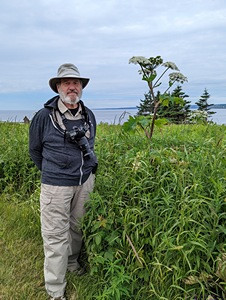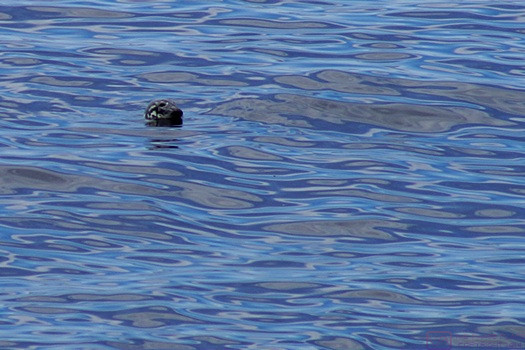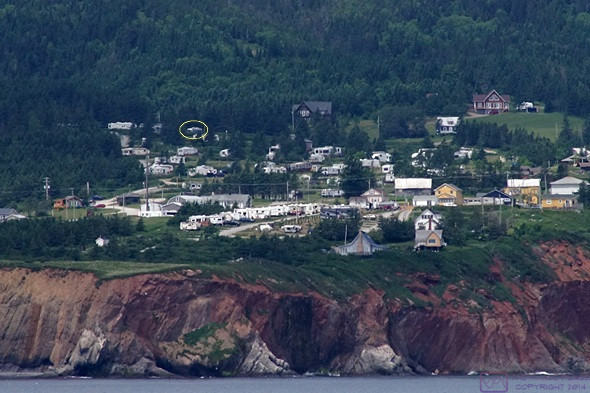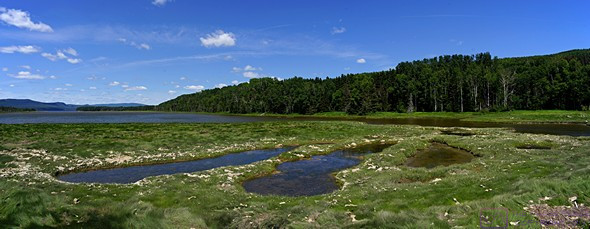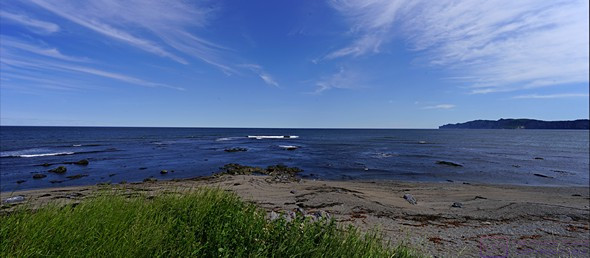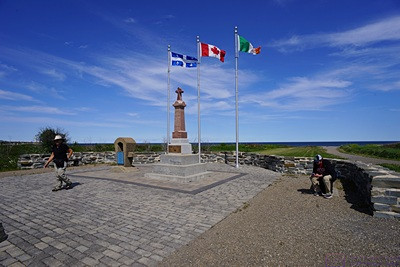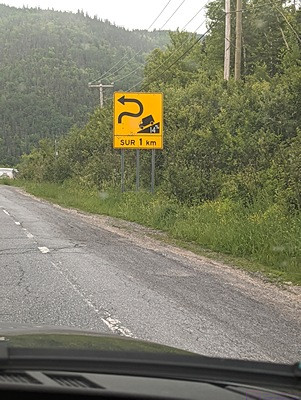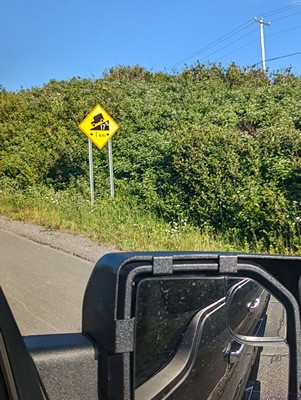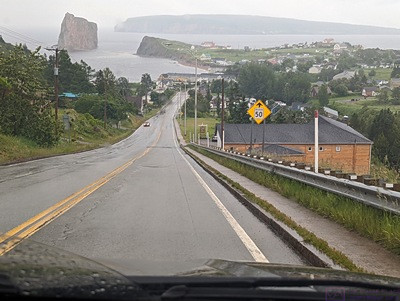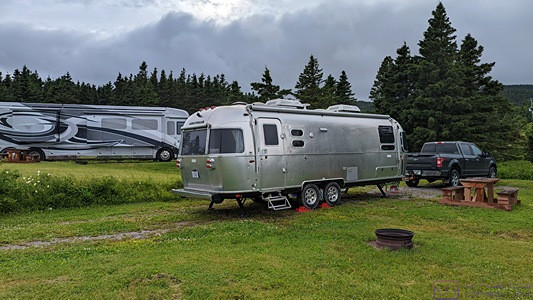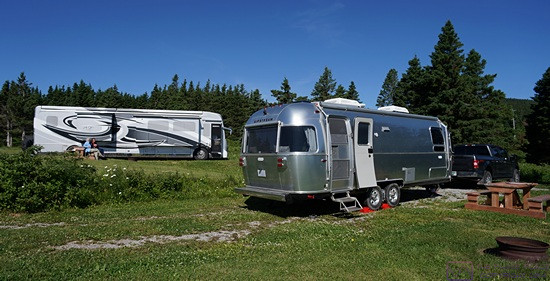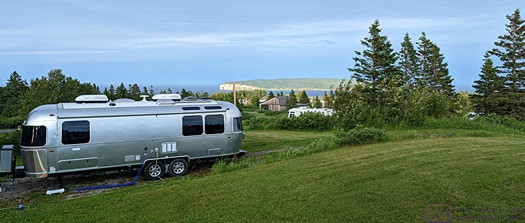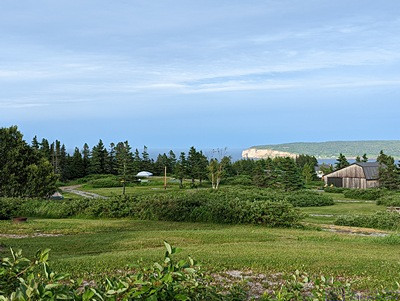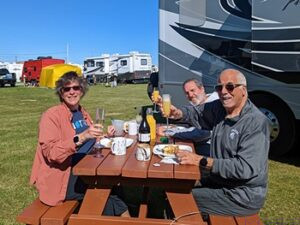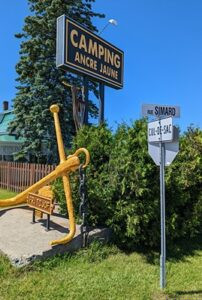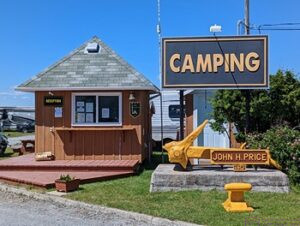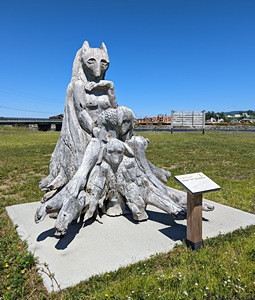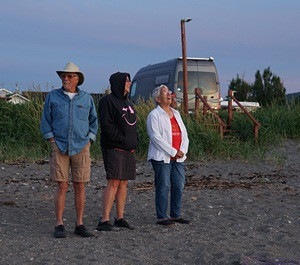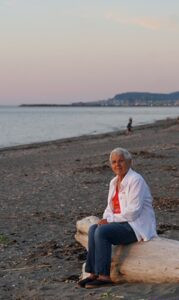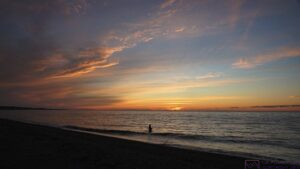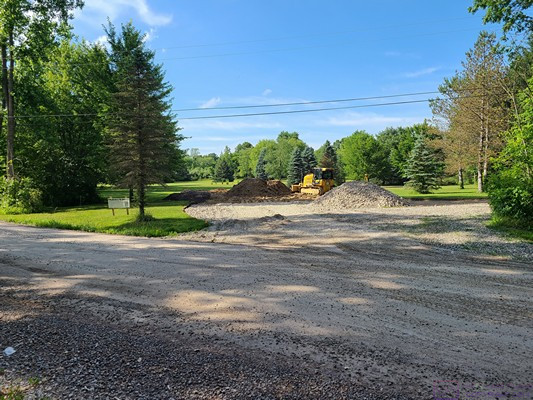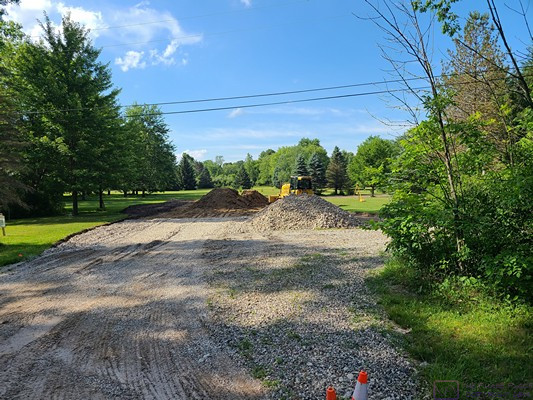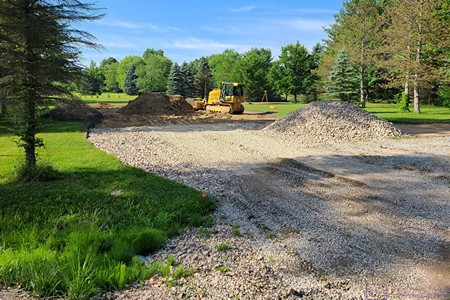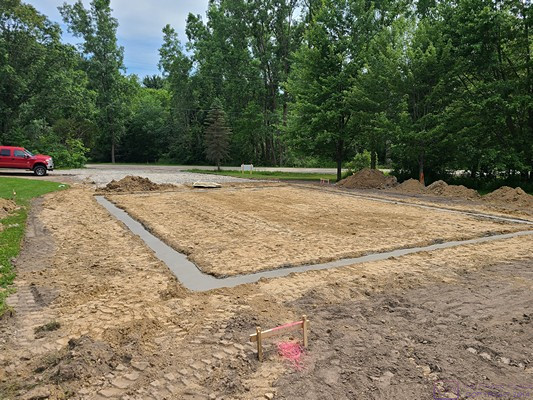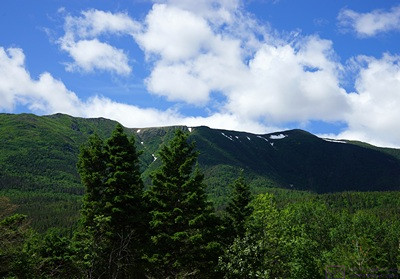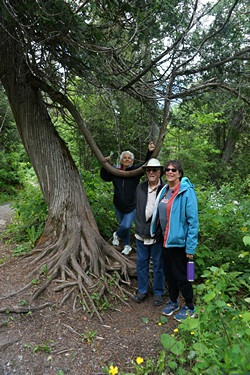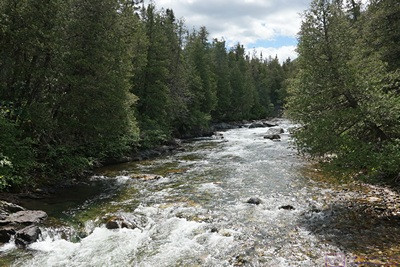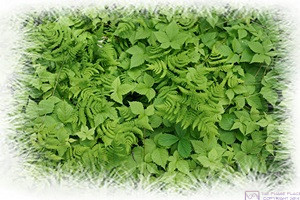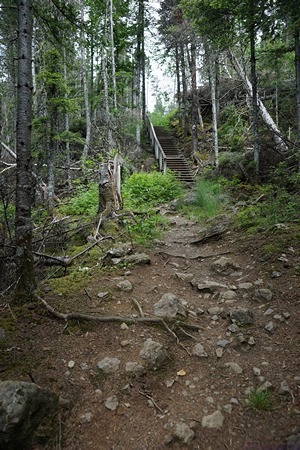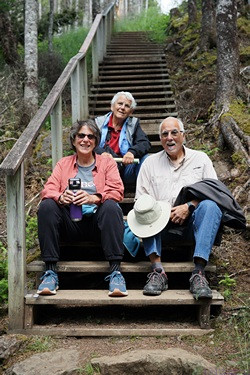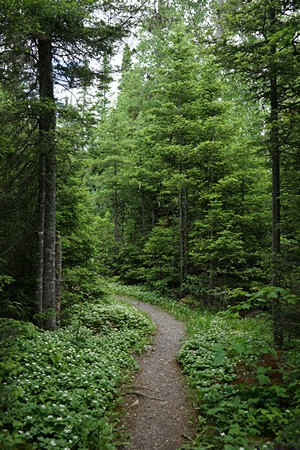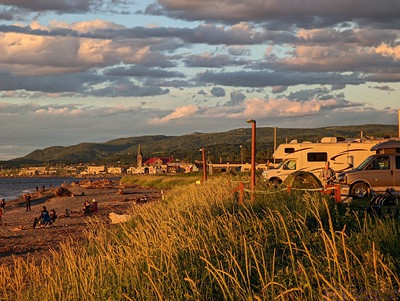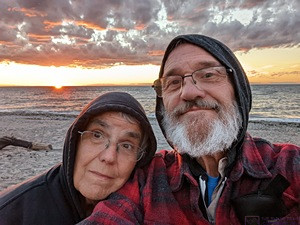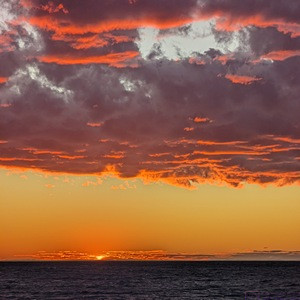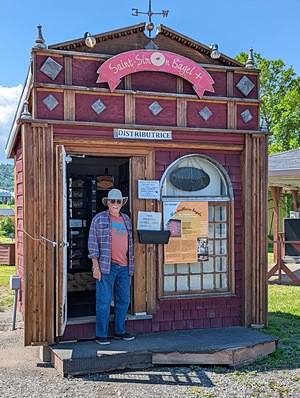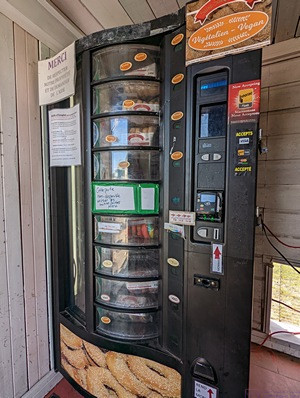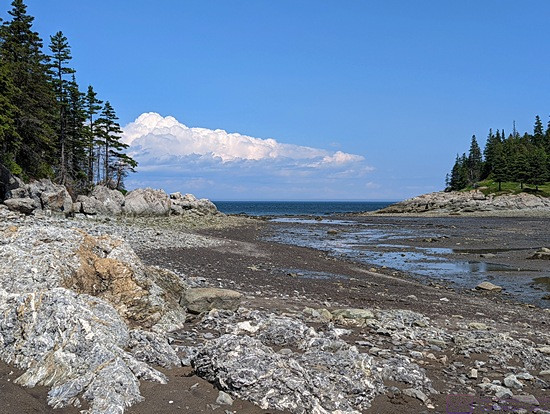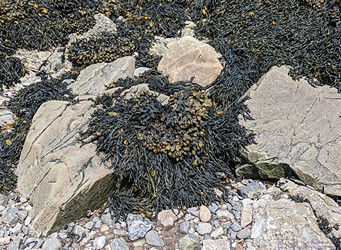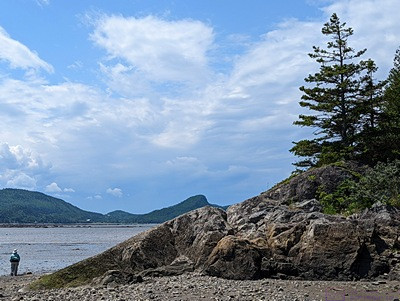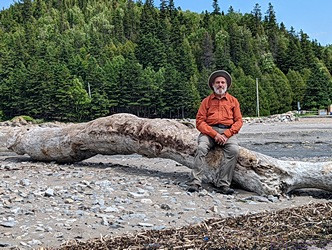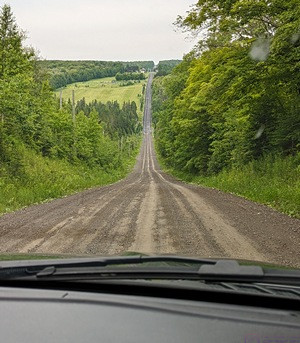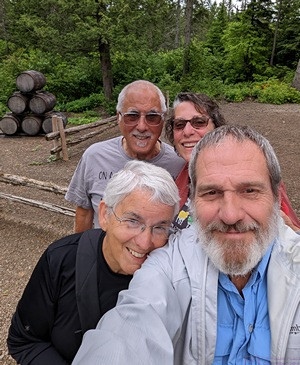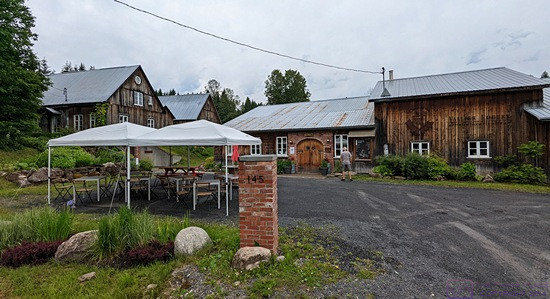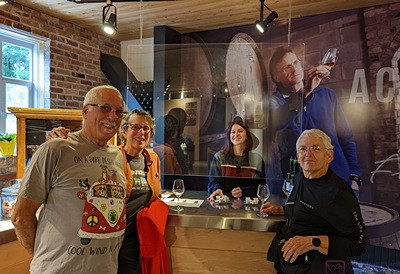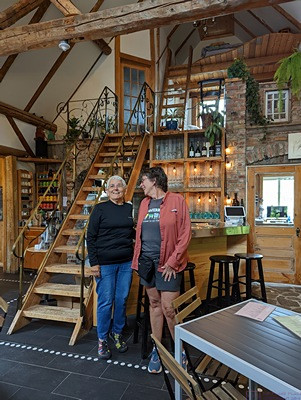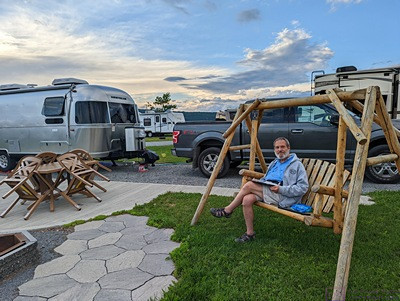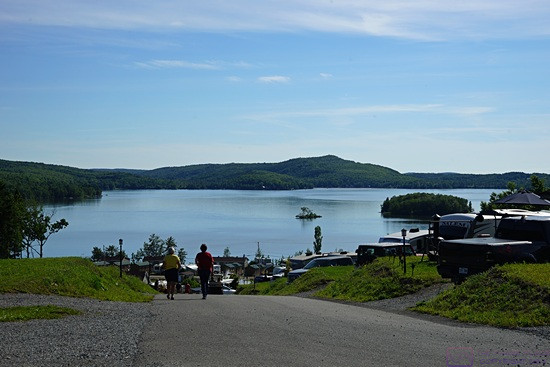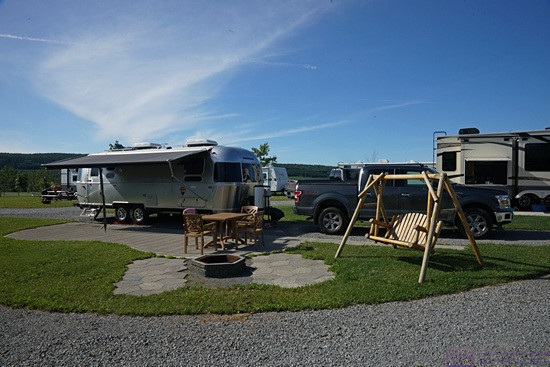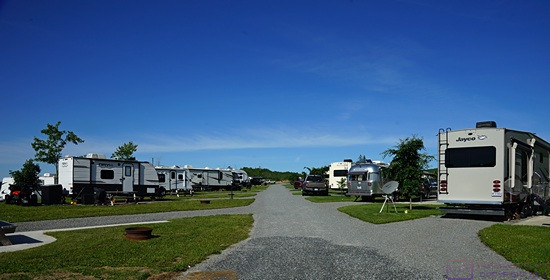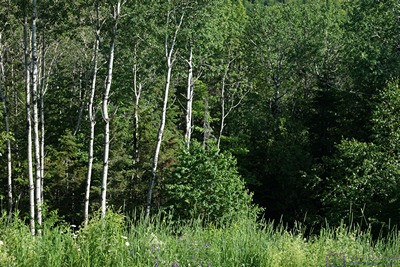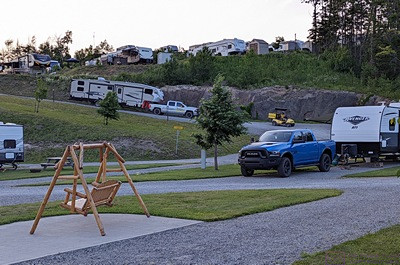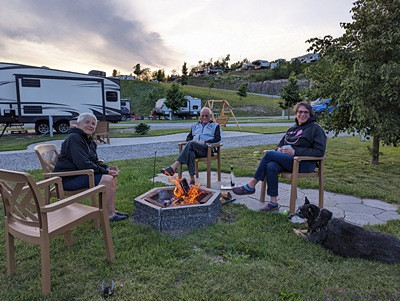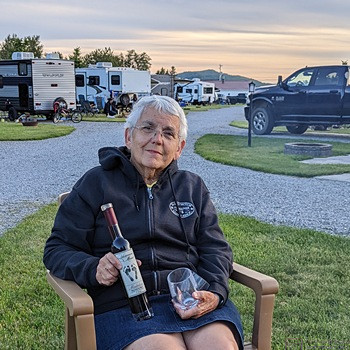THURSDAY 28 July
(Caution: Long reflective post ahead with only one photo.)
I was awake before 6 AM but did not get up until 7 as we had a somewhat leisurely morning on tap. I followed my usual morning routine; start my computer, feed the cat, put the kettle on to boil, make coffee, create yesterdays blog post in WordPress, and publish it. (I wrote the text yesterday in Word and had already selected and processed the photos. Creating the post was just a matter of copying and pasting the text, uploading the images, inserting them into the post in the proper places, and adding captions. When it looked “OK” I clicked the Publish button and voila, another blog post.) By the time the hot water was ready, Linda had also gotten up, so I made coffee for both of us.
This post covers our final day in Nova Scotia (for now) up to the point where we arrive at the Marine Atlantic Ferry Terminal in North Sydney. But first, we had to vacate our nice 50A 3-way (full-hookup) site at the North Sydney / Cabot Trail KOA and move to a temporary site as the KOA was fully-booked. As well it should be.
This proved to be a wonderful little KOA in a great location. After suffering a serious decline in business for the two years of the COVID-19 pandemic (2020-2021), business here has really rebounded. As one of the owners told Linda this morning, “this is not a place that locals come to camp, we are completely dependent on tourists.”
It’s not fancy (it is not listed as a Resort, Holiday, or Journey) but the bathrooms/showers were nice, the laundry was very useable (outdoors, but covered), the power at our site was excellent, the Wi-Fi was solid, unlimited, required a password, and was fast (early morning and late evening). The setting was also somewhat dramatic, and, it had good access to North Sydney and Sydney (for shopping), as well as being a great base for exploring the Cape Breton area, including St. Ann’s (Gaelic College), Baddeck (Parks Canada Alexander Graham Bell National Historic Site), and the Cabot Trail and Cape Breton Highlands National Park (Parks Canada), all of which I have covered in previous posts.
Of particular importance to us, however, was that it was well-positioned as a staging area for RVers taking the Marine Atlantic Ferry from North Sydney to or from either Channel-Port-aux-Basque or Argentia, Newfoundland. (Newfoundland and Labrador are two distinct places that form the single Province of Newfoundland & Labrador.) In our seven nights here, we met a number of RVers who were planning to take the ferry to, or had just returned from, Newfoundland. We also saw lots of RVers come in late (even after dark), although these arrivals were likely not ferry related. The owners here were friendly, regular folk, who work hard and want their guests to have a good stay and a fair price. They were out every night in their golf cart leading arrivals to their sites in the dark.
Not long after we arrived here, we started to think about the fact that we had to shut off the propane in our Airstream before boarding the ferry, and that meant we would not have refrigeration. We were aware of this, but had not quite thought through the logistics of the situation. As I have described previously, this led to us buying Styrofoam cooler and starting to think about when we had to check out of the KOA and when we could arrive at the Marine Atlantic North Sydney Terminal. Checkout time was 11 AM and the earliest we could get to the ferry terminal was “after the previous ship has departed.” Or after the prior ship had arrived, or something to that effect. What we knew for certain was that we had to be there at least 2 hours before out scheduled departure at 11:15 PM.
We eventually realized that we should have booked an extra night at the KOA and then left around 7 PM for the approximately 30-minute trip to the terminal. We checked with the office to see if we could book the extra night and stay in our site. That wasn’t possible, and they had no other sites, but they offered that we could pull up alongside a storage area that backs up to their very large driveway, where we would be able to plug in to a 30A outlet. That was all we needed to run the refrigerator, and would position us well when it was time to leave. They cost would be 1/2 the normal rate for a 30A+Water site.
With all of that by way of background, I went over this morning to see if perhaps, just, maybe the reservation coming into our site (#18) had cancelled or delayed. Nope. And there were still no other sites available. No problem. I gladly paid for the previously discussed half-day solution. Someone had already occupied one of the storage sites, which the park is using as overflow camp sites. That gave us additional flexibility as to how we could position the trailer.
We wanted to be good guests and be out of our site by 11 AM. We had a light breakfast of toasted raisin bread and then set about breaking camp, mindful that we were moving to a different spot in the campground, and would have plenty of time to properly prepare the trailer for road travel. We pulled out at 10:50. I spent a few extra minutes trying to find the most level spot, side-to-side, that I could as we did not plan to go through out normal leveling process or unhook the truck from the trailer. I found a spot where the curb side of the trailer was only 0.50” low. The trailer tongue was about 5” low, but we were able to reduce that to under 2” with the tongue jack. We got the power plugged in and then deployed the patio awning, as the curb side of the trailer was facing SSW and the sun was very bright. The air temperature was in the upper 60’s F (lower 70’s eventually), so we opened the windows, the door, and turned on the ceiling exhaust fan. Our thermometer eventually said it was 82 F inside, but it was very comfortable.
We were much closer to the bath house in the new location, so we both took showers there. Linda then took over a load and laundry (same building) and did that. Linda then worked on reconciling finances. We were very close to the rock cliff, so I tried to get some photos of our rig with the cliff as the background, then started working this blog post. Here’s the one I liked best:
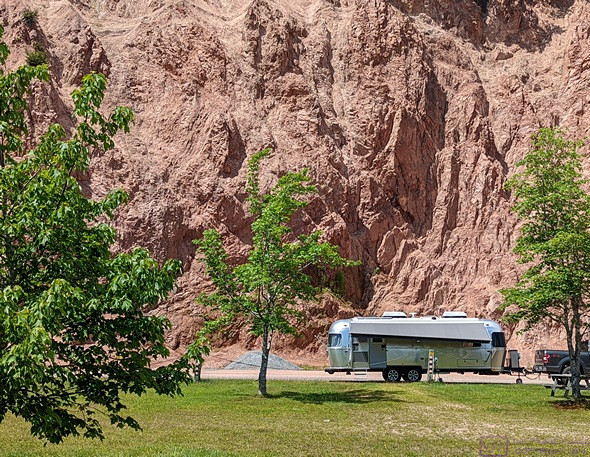
Our Airstream in its temporary site by the rock cliff at the North Sydney / Cabot Trail KOA, New Harris, NS.
We managed to reduce our perishable food to point where it would fit in our Styrofoam cooler along with an assortment of freezer packs, and nothing was irreplaceable. Lunch was cheese and crackers and we finished off a bag of Fritos for an afternoon snack.
Mid-afternoon, Linda was trying to reconcile our reservation confirmation with the information on the Marine Atlantic website. They didn’t quite match up, so I called customer service. A woman with a pleasant and patient phone manner confirmed that our reservation information was correct, and we would be sailing on the MV Highlanders. That was a relief. We are excited, but also a bit apprehensive, about this crossing, not only because of food storage, but because Juniper-the-Cat while have to stay in the trailer during the crossing and we will not have access to her. She will have food, water, and litter, but it will be a strange experience for her. It’s only 96 miles, but will take about 7 hours of actual sailing.
The Newfoundland & Labrador time zone is 30 minutes later than the Atlantic Time Zone, so leaving North Sydney, Nova Scotia at 23:45 on the 28th we should arrive at Channel-Port-aux-Basques, Newfoundland at 06:45 on the 29th. Having never done a ferry like this, however, we did not know how long it would take for them to embark and disembark all of the vehicles and walk-on passengers.
As part of working out the logistics for all this, our research showed that there was or Sobey’s supermarket in Corner Brook, NL that opened at 7 AM, and was at least a 2-hour drive from the ferry terminal on our planned route. It was at least another 75 miles from there to our KOA in Rocky Harbor, NL, so another 90 minutes driving time. The published check-in time at the KOA was 1 PM, so we figured we would try to spend enough time at the Sobey’s, or in their parking lot after shopping, to arrive at the KOA as close to 1 PM as our driving and navigation skills allowed.
Late in the afternoon we packed a suitcase and changed into our trave clothes. Dinner was shelf-stable soup (add hot water to the container) and we finished up the container of shelf-stable orange juice. We started our final travel preparations at 7 PM and pulled out of the KOA at 7:30 in order to arrive at the ferry terminal while there was still daylight and well ahead of the deadline for checking in.
The details of the actual ferry experience will be in the next blog post.
…
